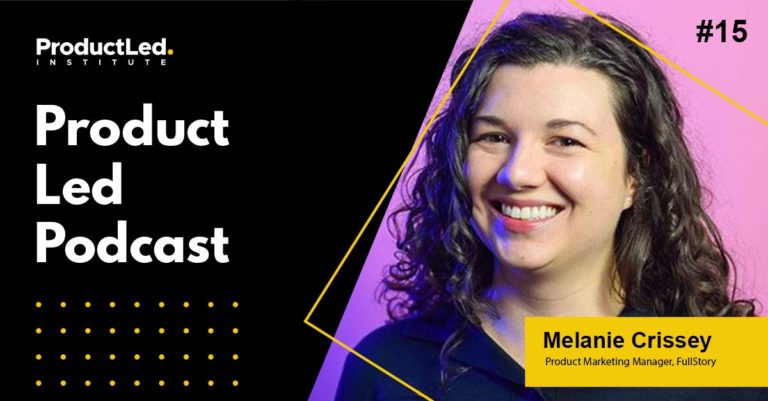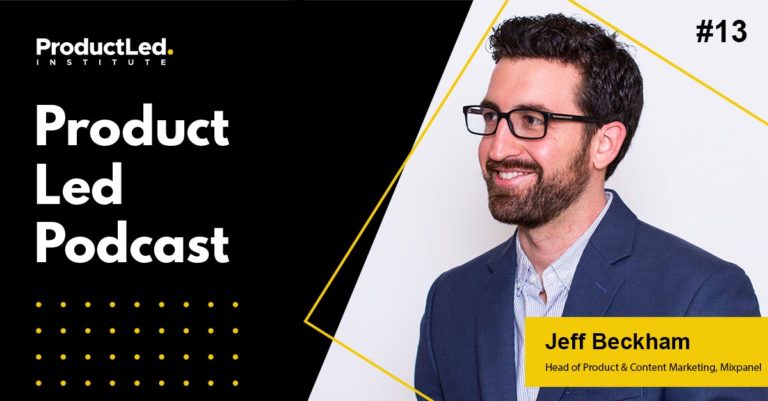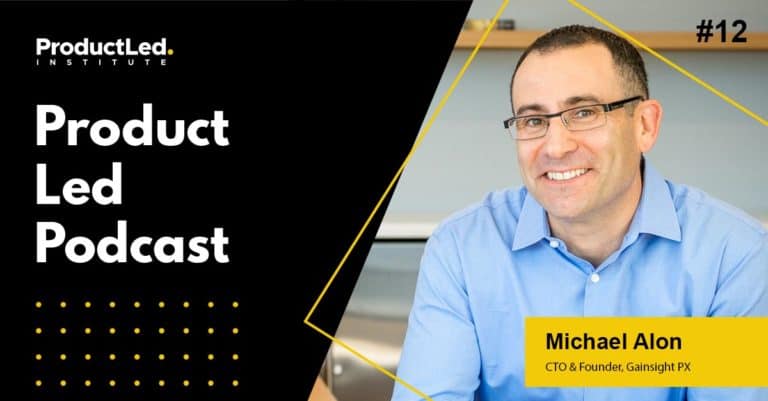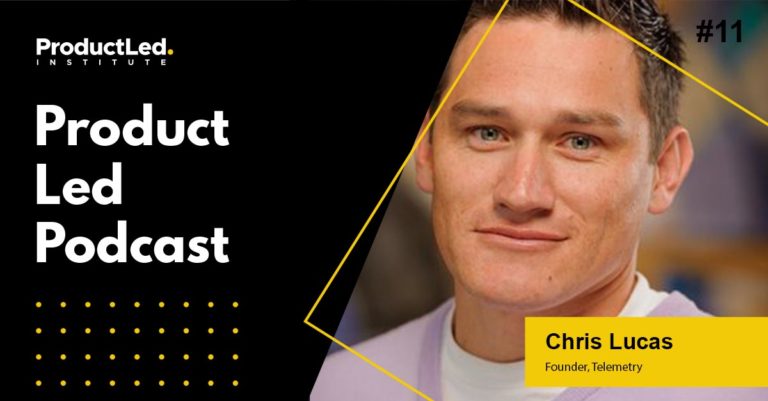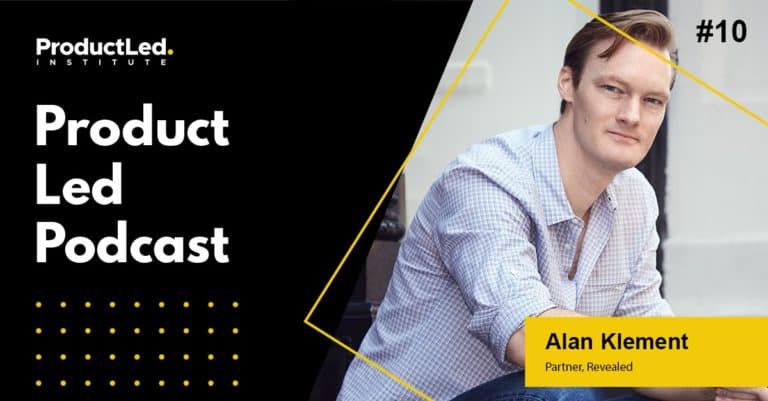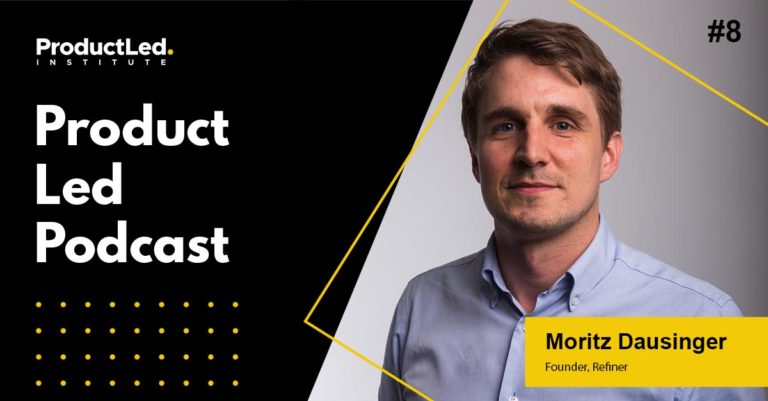Pricing is a critical piece of your business because it dictates your go-to-market (GTM) strategy, positioning, value prop, and retention, and it determines how your business will grow over time. But it’s an area where most companies don’t have the in-house expertise to know how to build and validate your pricing strategy.
The good news is that setting your pricing strategy is a bit of an art and science that evolves over time. If you’re leading the product-led growth initiative at your company, you start to ask yourself the following questions when you are on a pricing page for the first time:
- How did they determine what features go in what products?
- How do they differentiate between product tiers?
- How did they determine their price points?
- Will you charge per user?
- What is the value proposition of your product offering?
It doesn’t matter if you are launching a new product to market or looking to optimize your pricing. It starts with building a compelling pricing page to grow your product-led business.
Building a pricing page for a SaaS product can be a complex task, as it involves balancing the needs of your customers with the financial goals of your business. Here are some best practices for building an effective SaaS pricing page:
- Determine your pricing model: Decide on a pricing model that aligns with your business goals and target market. (For more information on pricing models, check out this article.)
- Packaging vs. Usage-based pricing: Choose if you want to bundle a set of features (packaging based) or price based on the actual usage of the product (usage-based)
- Create pricing tiers: Develop a set of pricing tiers that offer different levels of access or usage at different price points.
- Highlight key features: Clearly describe the features and benefits of each pricing tier.
- Be transparent: Be upfront and transparent about pricing and any additional fees, such as setup, usage, or cancellation.
- Make it easy to sign up: Make the sign-up process as simple and straightforward as possible.
The key to building a compelling pricing page is bundling the right product features at the right price point.
Much of the pricing content across the industry focuses on building a high-level pricing strategy but doesn’t go into the basics of how to build a product-led pricing page.
So you might ask: what is a pricing page?
It’s where users make a decision to sign-up. Before getting into how we bundle and build a pricing page, let's review a couple of examples of great PLG pricing pages.
DropBox
Dropbox does a fantastic job of building its pricing page with a mix of both usage and packaging-based pricing. They do this by bundling cloud storage (usage-based) with high-value product features (packaging based) to create differentiation between each product tier.
Pricing Page Breakdown
So what’s so awesome about this pricing page?
- Clear differentiation by cloud storage and the number of users.
- Their household tier bundles high-value features to show it is more valuable as the price increases.
- Simple to understand value prop.
- Compelling design pattern:
- Easy-to-read feature list
- Price anchoring around the middle tier
- Highlighting the most popular option
- Strong CTAs
Gusto
Gusto’s pricing page is a good combination of product-led mixed with a sales-led offering. They have tiers where you can sign up yourself or contact sales.
They use flat subscription pricing (packaging-based) mixed in with the number of seats (usage-based), where you charge based on the number of users you onboard on the platform.
Pricing Page Breakdown
So why is Gusto’s pricing page great?
- Clear differentiation by the needs of your business.
- Bundle a set of features that increases as you move by product tier.
- Simple to understand pricing: $20/month difference between tiers.
- Compelling design pattern:
- Strong feature comparison chart
- Highlights a limited-time offer
- Clear product names based on the price point
- Strong CTAs
Xero
Xero mixes in usage with package-based pricing by capping the number of invoices and bills while also bundling a set of product features.
They do a nice job of being upfront with their pricing while also highlighting the optional add-ons. It is clear with their messaging who the target customer is for what product.
Pricing Page Breakdown
Why is it so good?
- Clear messaging around who the ideal customer is for each tier.
- Highlight their most popular plan, which is the middle option.
- Clear differentiation between tiers.
- Clearly show what is NOT included.
- Transparent upfront pricing.
A 5-step framework to build your SaaS pricing page
Now we are going to get into a framework on how you go about building your pricing page. These 5 steps will inform what product features you bundle into what tier and at what price point.
Step 1: Complete competitive pricing research
If you're in a very competitive industry or want to optimize your pricing, you should always start with competitive pricing research.
To start, build a list of competitors and do a pricing teardown.
In your research, you need to define:
- Their product offering and pricing
- How they differentiate between product tiers
- Pricing strategy
- Value prop and messaging
Try to keep this simple; you can use a spreadsheet to put down the information. Here’s a template you can use to get started.
Once you summarize market insights, you then define lower and upper price ranges within the industry. It will give industry benchmarks to understand how you can price and position your product in the market.
Step #1 Action Items:
- Build a list of competitors
- Conduct market research on each of their pricing pages
- Summarize key themes and opportunities
Step 2: Develop and launch a product feature preference survey
The most important research you can do is to understand what users find the most valuable. To do this, you need to build a survey where users rank a set of product features. What they rank as the highest will have a strong correlation to their willingness to pay.
Survey results will show what features are a must and what are nice to haves. It can inform the best way to position your product. In your survey, you can include a list of features you already have or ones you may want to build in the future.
To help get you started, here is a template to build your survey questions.
Step #2 Action Items:
- Build and launch the survey
- Analysis survey results
- Pick the top 4-5 features to bundle that goes on your pricing page
Step 3: Develop and launch a price sensitivity survey
Once you have determined what features will be part of your bundle, your next step is to develop how you will price your products. You do this by building a price sensitivity survey that asks four questions.
- At what price would you consider the product to be a bargain? (e.g. Good Value)
- At what price would you consider the product to be priced so low that you would feel the quality couldn't be very good? (e.g. Too Cheap)
- At what price would you consider the product to be so expensive that you would not consider buying it? (e.g. Too Expensive)
- At what price would you consider the product starting to get expensive, so that it is not out of the question, but you would have to give some thought to buying it? (e.g. Expensive)
You want to send this out to users who represent your customer base with the goal of getting to statistical significance (e.g. 200+ responses). Once the survey is complete, you need to do data analysis. You can do this by building a graph of the results. Your goal is to map out a line graph that looks something like this:
The goal is to understand your lower (good value and too cheap) and upper bound (not expensive/too expensive) price ranges. This informs what your customer's willingness to pay is.
A best practice is to always price the upper bound range when you launch since it is a lot easier to lower prices than increase them.
Step #3 Action Items:
- Build and launch the survey
- Analysis survey results
- Use upper-bound price ranges
Step 4: Test your pricing page (pre-launch)
Your next step is to test your pricing page to validate if you have enough value based on their willingness to pay.
First, start with designing your pricing page based on your user research.
Pricing Page Design Best Practices
Designing your pricing page is a critical piece to driving a strong signup rate. If you’re not sure where to start, here are the top elements to consider:
- Easy to understand product names for each plan
- Clear value prop that differentiates between tiers
- Easy-to-read feature comparison chart
- Upfront transparent pricing
- Highlight your middle tier as the most popular
- Strong CTAs
Once the pricing page is designed, the goal is to launch by sending marketing traffic to the page to validate it. Your metric to measure is the signup rate.
If you are launching a product for the first time, I would recommend using a waitlist and capturing their email to validate before you launch. The goal is to learn if you need to make any changes to the pricing page.
Step 4: Action Items:
- Design and launch your pricing page with an email capture
- Send marketing traffic to your pricing page
- Build a waitlist & measure the conversion rate
Step 5: Launch the Pricing Page & Optimize
The last step is to launch your pricing page based on all the research and experimentation you completed.
Once you launch, you should monitor the following over the first 30 days:
- Sign-up rate: Is there a drop-off? If so, you need to identify the cause. Is it:
- The design of the page
- Not enough value
- A high price point
- What features users find the most valuable.
You should continue to monitor every month by testing and experimenting with different elements on your pricing page.
Step #5 Action Items:
- Launch your pricing page
- Monitor conversion rate
It’s important to remember that your pricing page is not a one-time creation, but it should be continuously updated and optimized based on customer feedback and business goals. So now you have a way to develop a best-practice pricing page!
Join the Next ProductLed Accelerator Cohort to Get Expert Help with Your SaaS Pricing Model
Optimizing your pricing model is just one key part of building a successful SaaS product, but it’s connected to every aspect of your business. In our four-week ProductLed Accelerator program, we cover pricing in the final week — after we’ve defined end-user success, picked the right product-led model, and streamlined your onboarding journey.
The cohort-based program provides all the tools you need to launch a product-led growth strategy that fits your product. Even if your product is already in the marketplace, we can help identify the areas you can experiment on to increase market adoption.
When you sign up for the ProductLed Accelerator program, you get:
- Full access to the 4-week live online program that covers the steps to implement product-led growth. It’s a mix between four live workshops and on-demand lessons.
- Unlimited 1:1 feedback for 60 Days via Slack with ProductLed Coaches for concrete feedback.
- Private Slack community for class discussions with your cohort.
- Frameworks and templates that help you apply the training to your business.
- Take our free PLG certification course now or sign up for our next live training program. You can also get your questions answered by peers and experts when you join the world’s largest product-led growth community on Slack.

